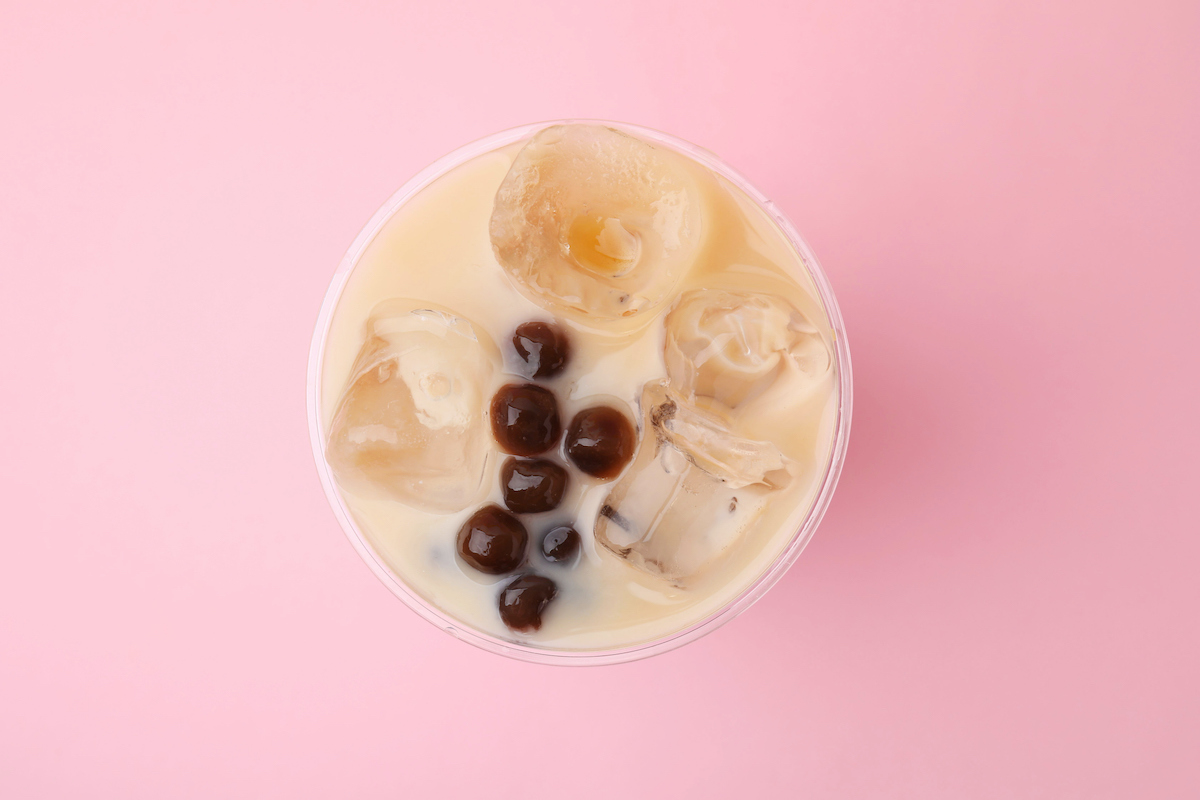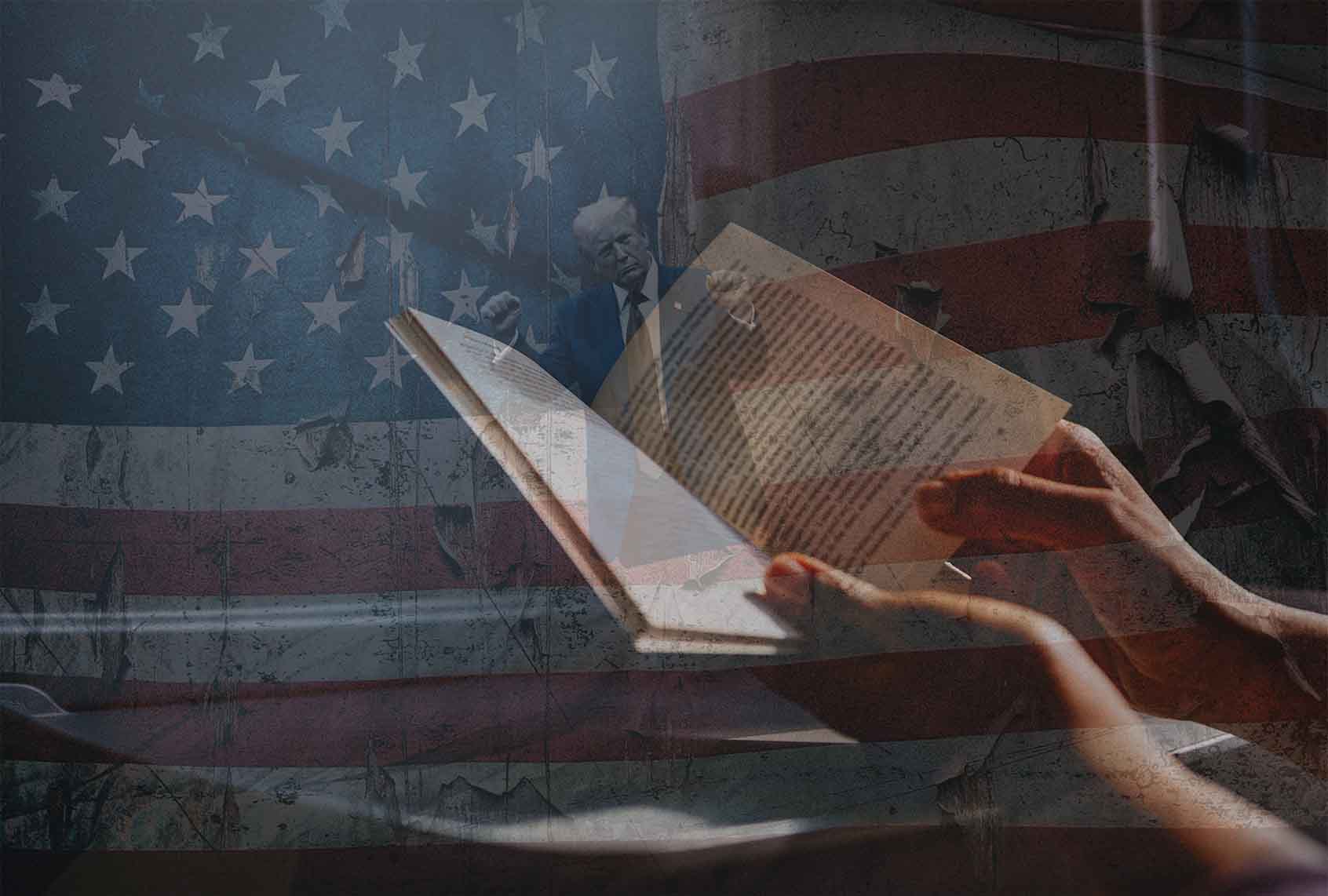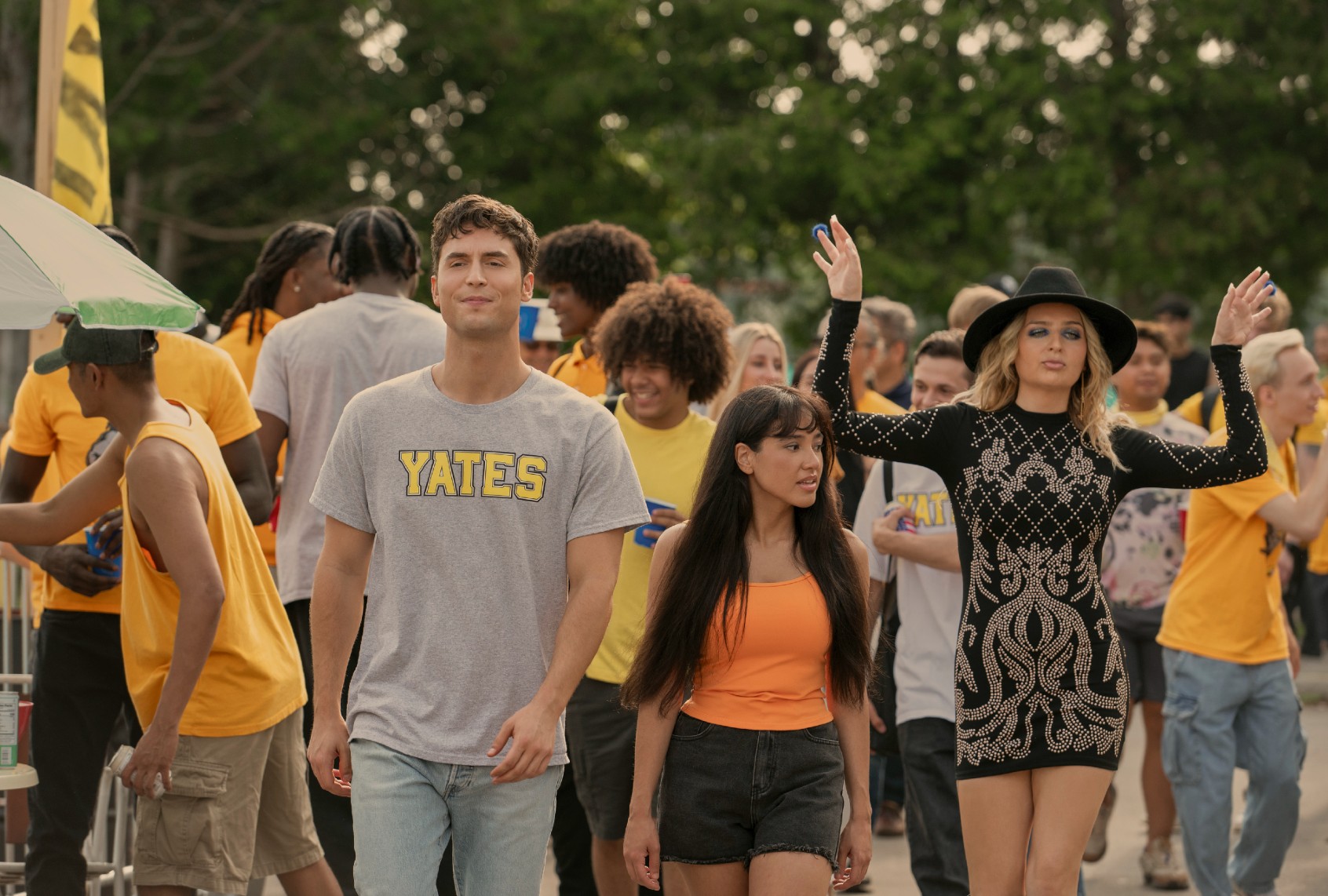Now Reading: Pop goes the culture: How boba got gentrified
-
01
Pop goes the culture: How boba got gentrified
Pop goes the culture: How boba got gentrified

In May, Starbucks hinted at a new “texture innovation.” The big reveal was raspberry-flavored popping pearls, similar to boba, added to a selection of bright-pink Refreshers. Inspired by traditional bubble tea from Taiwan, Starbucks’ summer drinks feature these pearls filled with sweet berry juice that burst in your mouth when bitten into. Starbucks’ beverage developer Simon Vuong explained that they wanted something bolder than fruit pieces, leading to the idea of fruit-flavored pearls in the drink for a fun flavor experience.
These popping pearls differ from chewy tapioca boba as they are thin, gel-like spheres that burst when consumed. Bubble tea was introduced to the United States by Taiwanese immigrants in the 1990s, becoming a popular beverage. The bubble tea industry has grown globally, with a value estimated at $2.4 to 3.6 billion in 2024. Various entrepreneurs and coffee chains, including Dunkin’, have joined the trend.
During the same period, a company called Bobba from Quebec launched bottled bubble tea, claiming to be the first ready-to-drink bubble tea made with real tea and unique fruit juice pearls. The founders faced criticism for their pitch on a Canadian TV show, with actor Simu Liu accusing them of culturally appropriating bubble tea.
The incident sparked a discussion on the cultural implications of culinary appropriation and gentrification. It highlighted the importance of acknowledging the origins and history of food items when introducing them to new markets. Food should be embraced with respect for its traditions and unique characteristics, rather than being commercialized without regard for its cultural significance.



